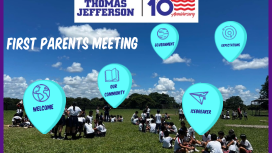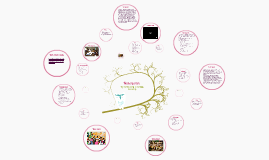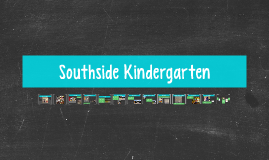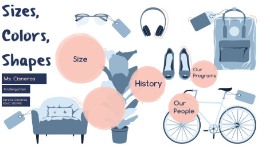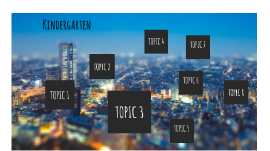Kindergarten Presentation
Transcript: Instructional Strategies are: Demonstration - Quad B A live visual exhibition of a process or experiment. Text Focus on the development and support of Effective Instruction that improves student achievement DSEI - Daggett System for Effective Instruction - Six Elements of Teaching Instructional Strategies that will help us use the Rigor/Relevance Framework as we teach Introduction Text Brainstorming Cooperative Learning Demonstration Text Introduction Text Teacher (cheerleader) Encourages participation Background knowledge Uses Realia - to be creative & fun Play games, illustrate things Student (Idea generator) Thinks creatively - uses imagination Thinks “Outside the box” Shares out, gives personal examples Effective Instructional Strategies Text Links Connections Instructional Strategies (specific) Methods skillful teachers use to facilitate rigorous and relevant learning within their classrooms Cooperative Learning - Quad B & D 5 Components- Positive interdependence, Face to face interaction, Individual accountability, Interpersonal & small groups skills, Group processing Brainstorming - Quad C & D Rules - 1. No critical remarks are allowed. 2. Hitchhiking is okay. 3. Free-wheeling is welcomed. 4. Quantity is desired. 5.Silence is fine. 6. A time limit is necessary. 7. Evaluation comes later. Introduction Embrace rigorous & relevant expectations for all students Build strong relationships with students Possess depth of knowledge so that info is relevant to students Facilitate rigorous and relevant instruction based on their learning styles. Demonstrate expertise Use assessments to guide and differentiate Teacher/Parent Prepares the student in advance Assess students/ gives responsibility Assigns partners & roles, or role reversals Provides for equal participation Student (Peer Participation) Collaborative in learning process Pair share Gives supportive feedback Thumbs up/ thumbs down Six Elements of Teaching Introduction Kindergarten Presentation Focus on the development and support of Effective Instruction that improves student achievement DSEI - Daggett System for Effective Instruction - Six Elements of Teaching Instructional Strategies that will help us use the Rigor/Relevance Framework as we teach Text Text Text Demonstration - Quad B A live visual exhibition of a process or experiment. Where to Get More Information Teacher (Salesperson) Gives organized presentations Use of visual representation & technology Has students replicate, models, illustrates Uses Instructional Checklist, “I Do” Student (Interested Observer) Watches carefully, sits in learning position Focuses on teacher, ask questions, stays on topic Rehearses in his/her mind Cloud writing Focus on the development and support of Effective Instruction that improves student achievement DSEI - Daggett System for Effective Instruction - Six Elements of Teaching Instructional Strategies that will help us use the Rigor/Relevance Framework as we teach Teacher (Salesperson) Gives organized presentations Use of visual representation & technology Has students replicate, models, illustrates Uses Instructional Checklist, “I Do” Student (Interested Observer) Watches carefully, sits in learning position Focuses on teacher, ask questions, stays on topic Rehearses in his/her mind Cloud writing Effective Instructional Strategies Volume 1 Brainstorming - pgs. 29 - 36 Cooperative Learning - pgs. 37 - 48 Demonstration pgs . 49 - 53 Note: There is a teacher checklist at the end of each chapter. 3 Instructional Strategies Text Kindergarten Presentation






